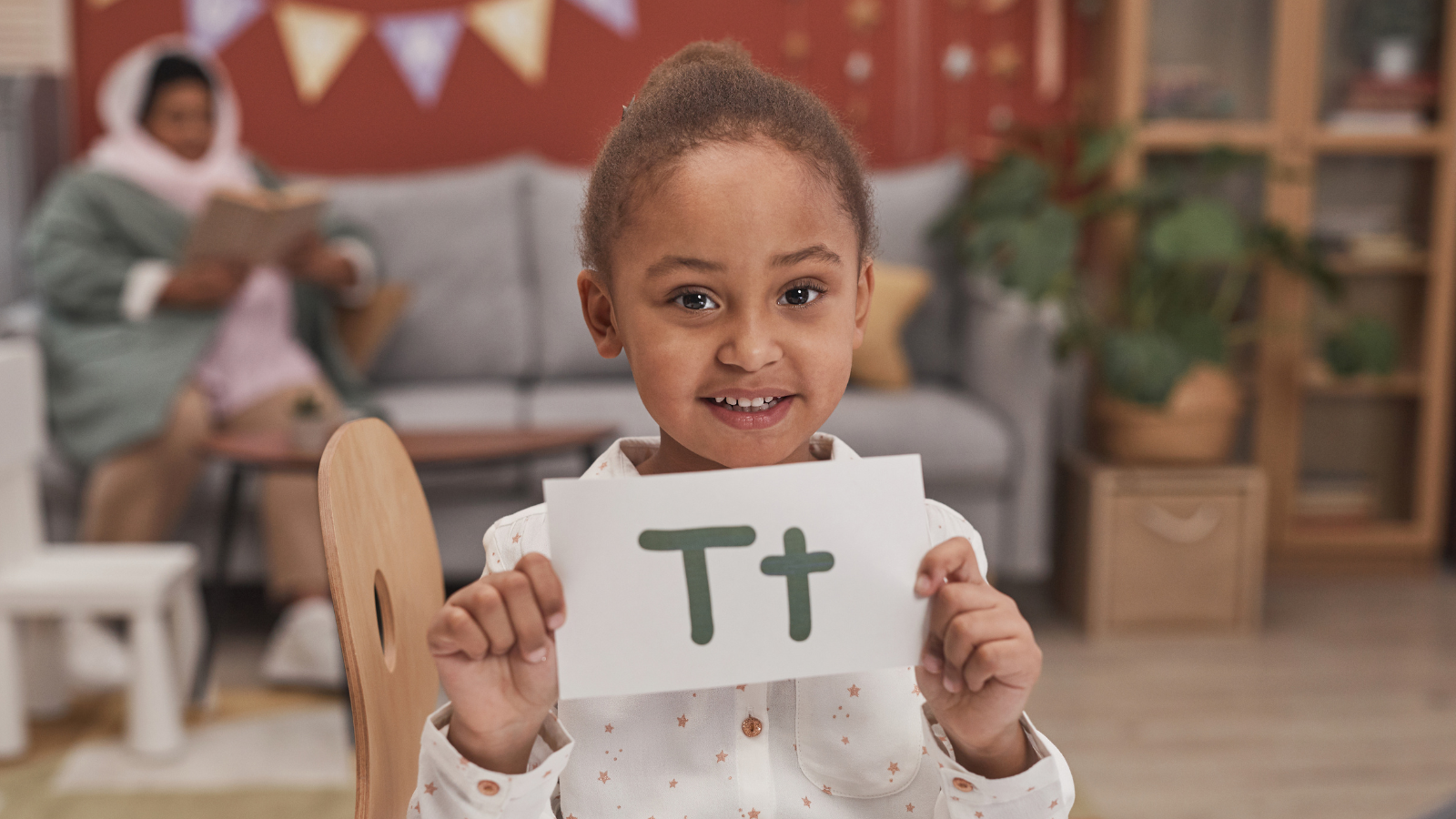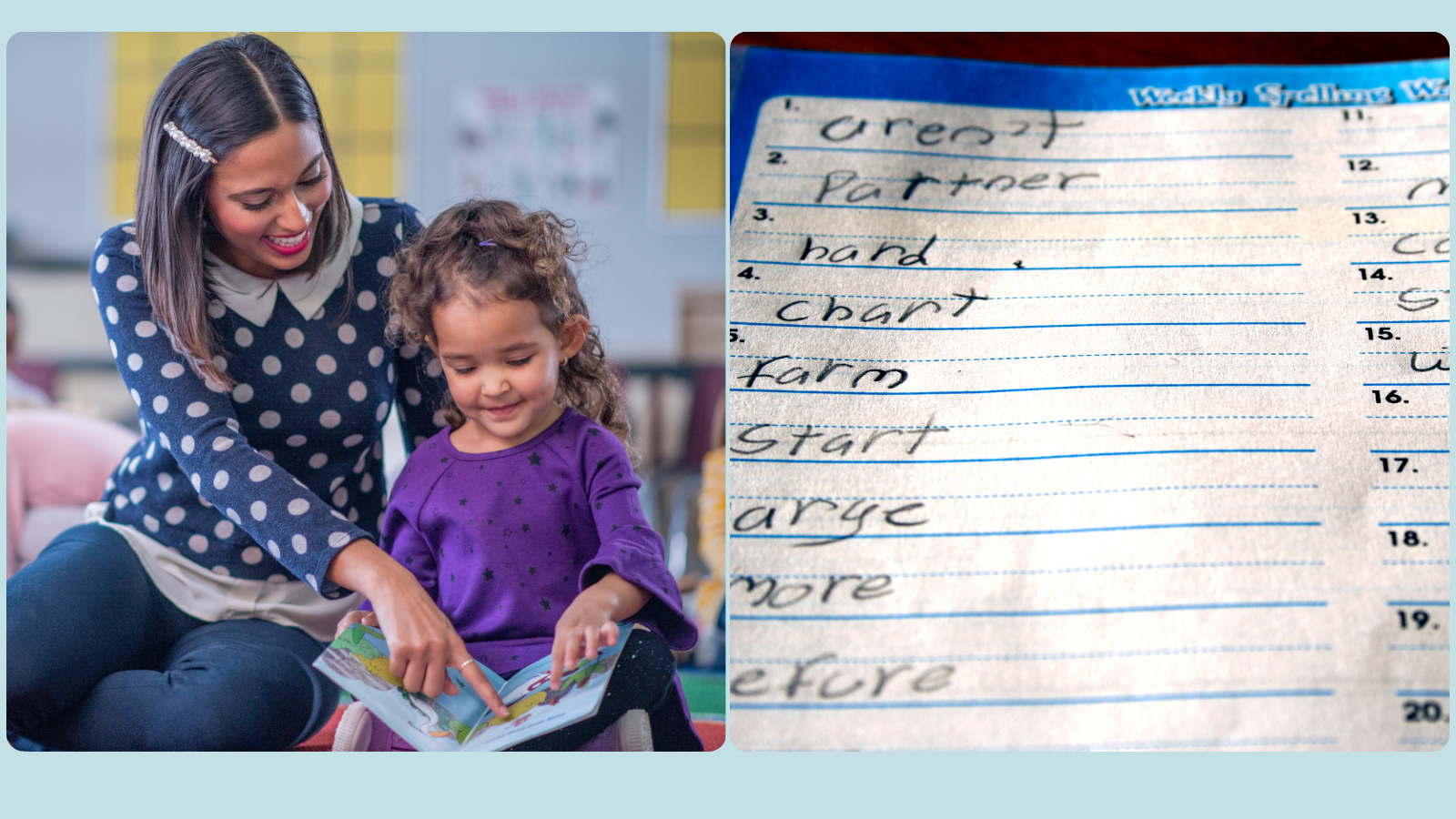“I’m not a child!” How to get help for a teenager or adult you love who can’t read
Imagine for a moment that you can’t read or write; even at a basic level:
- How would you apply for, find or hold down work?
- If you found work, how could you review your employment contract? How would you communicate with workmates?
- If you couldn’t find work, how could you get help with basic needs like unemployment benefits, or with training or housing?
- How would you stay in touch with friends who text or use Facebook, Discord or WhatsApp to converse?
- How would you travel to places you’ve never been before? What would happen if your voice-guided app or device failed you?
- Could you find out about stuff that mattered to you as quickly as friends who could read Google search results?
- How could you educate yourself about your legal rights or obligations, e.g. when renting or buying a place to live, taking out a car loan, getting married or divorced, or managing a loved one’s affairs?
- How could you resolve disputes or deal with unexpected tasks, like insurance claims or funerals?
- How could you read articles like this one?
As we’ve noted before in some detail, poor reading skills can have a big negative life-long effect on your academic, social, and work outcomes (e.g. Snowling et al., 2007).
Now imagine you have a loved one – a teenager or adult in your life – who can’t read properly. How can you find evidence-based help?
What’s needed most
For people of all ages who can’t read properly, phonics decoding and word reading accuracy are essential skills for reading accuracy, fluency and reading comprehension (Carroll et al., 2011). “The case for synthetic phonics is overwhelming and much strengthened by a systematic approach” (Rose, 2006). Learning speech-sound-based decoding skills in an intense, focused, multi-sensory and systematic way can improve word reading, even for people with severe reading problems (e.g. Fletcher et al., 2007; Shaywitz, 2003; Singleton et al., 2009).
Overcoming additional barriers for teenagers and adults
Many reading programs are intended for primary school-aged kids (Brooks, 2007). For teenagers and adults, being given a garish, cartoonish phonics book designed for a 5 year old can be demoralising; even humiliating. This is a big problem: many teenagers and adults who can’t read already have low self-esteem and confidence (Jeffes, 2016). It’s essential that the materials are age-appropriate and that literacy workers don’t treat clients like young children.
What can help
In our clinic, we use a range of age-appropriate resources to help teenagers and adults to read, including texts tailored to a client’s personal, school or work interests and needs.
One resource we use for teenagers and adults with significant reading difficulties was first suggested to me by one of my co-mentors, Nel MacBean of Positive Speech. It’s called “Toe By Toe”.
Toe By Toe is a highly structured – at time almost pedantically so! – evidence-based multi-sensory reading program developed by Keda and Harry Cowling in the United Kingdom. The program has a close focus on phonics instruction and letter-sound links, but the program does not look like a kids’ reader and is never condescending. The more I use it, the more I like it for a number of reasons.
Does it work?
In 2016, Ben Jeffes published a study about Toe By Toe*, looking at outcomes of a 60-minute, once a week, 10-week reading program administered to 30 teenagers in Years 7-10, using the Toe By Toe program. He found that the students:
- made statistically significant improvements in phonics decoding accuracy, word recognition accuracy and phonic decoding fluency, which were maintained when re-tested 6 months after the end of the program; but
- did not significantly improve their sight word reading fluency, reading comprehension or reading fluency skills (this is why we supplement Toe By Toe with evidence-based comprehension strategies, fluency practice and curriculum or work-based key vocabulary instruction in our clinic).
Interestingly, students reported that they liked the program more than the teachers, noting that the program gave them a chance to improve their reading one-to-one without “simply reading books”.
Our view
We like Toe By Toe because it helps students to:
- learn methodically about letter-sound links;
- overcome unhelpful and non-evidence-based reading “strategies” like word-guessing based on word shapes or the first letter-sound (so-called analytical phonics);
- improve their phonological awareness (e.g. of words with consonant clusters and more than one syllable); and
- improve their ability to identify and pronounce common morphemes,
at their own pace with age-appropriate materials. We also find that the later stages of the program (which no student in the study completed) help students with their decoding speed, word recognition and reading fluency skills, although we are not aware of any peer-reviewed studies to date that support our clinical observations to date.
Bottom line
For more than a decade, we’ve known the key skills needed to learn to read: (1) phonological awareness; (2) phonics; (3) fluency; (4) vocabulary; and (5) comprehension. But there is no single reading program that appeals to every age group.
It’s hard to motivate teenagers and adults to learn to read with materials designed for young children, even if the materials are evidence-based. One option for older readers is the Toe By Toe program, which has been shown to increase phonics decoding, word recognition and phonics decoding fluency. But it should be supplemented with instruction in evidence-based reading comprehension strategies, fluency practice (speed and expression), vocabulary instruction relevant to their school/work interests, needs and goals and, in some cases, morphological awareness training.
If you – or someone you know – needs help with their reading, there are many places to look for help – just make sure they are committed to evidenced-based reading instruction.
Related articles:
- Breaking the vicious cycle for older kids with reading problems: how to help
- What else helps struggling readers? The evidence for “morphological awareness” training
- Kick-start your child’s reading with speech sound knowledge (phonological awareness)
- Helping older students with their reading comprehension. What should we teach and how?
- 6 strategies to improve your child’s reading comprehension and how to put them into practice
- 5 resources you can use at home to help your child to read
- How to help your school-age child to learn new words – the nuts and bolts of how I actually do it in therapy
- The forgotten reading skill: fluency, and why it matters
- 24 practical ways to help school-aged children cope with language and reading problems at school and home
- “Does dyslexia exist?”
- 15 practical ways to help your son discover a passion for reading
- Are reading comprehension problems caused by oral language deficits?
- Speech-language therapy to help teens to text? Are you joking?
Principal source: Jeffes, B. (2016). Raising the reading skills of secondary-age students with severe and persistent reading difficulties: evaluation of the efficacy and implementation of a phonics-based intervention programme. Educational Psychology in Practice, 32(1), 73-84.
Additional resource: The Reading Writing Hotline.
* The Jeffes study was designed as a quasi-experimental, two group, baseline/test controlled study, with both groups receiving the training, at different times to measure outcomes. As the author himself notes, the study had lots of limitations, e.g. there was no real control group, the testers weren’t blinded to the groups or the results, and and the results may have been affected by bias, including as a result of the so-called Hawthorne effect where people improve because they know they are being observed and/or establish a good rapport with the people testing them. Importantly, no student completed the full program in 10 weeks, so the study doesn’t necessarily reflect the degree of reading gains that people who complete the program may make.
Image: http://tinyurl.com/lhm3jrz

Hi there, I’m David Kinnane.
Principal Speech Pathologist, Banter Speech & Language
Our talented team of certified practising speech pathologists provide unhurried, personalised and evidence-based speech pathology care to children and adults in the Inner West of Sydney and beyond, both in our clinic and via telehealth.








